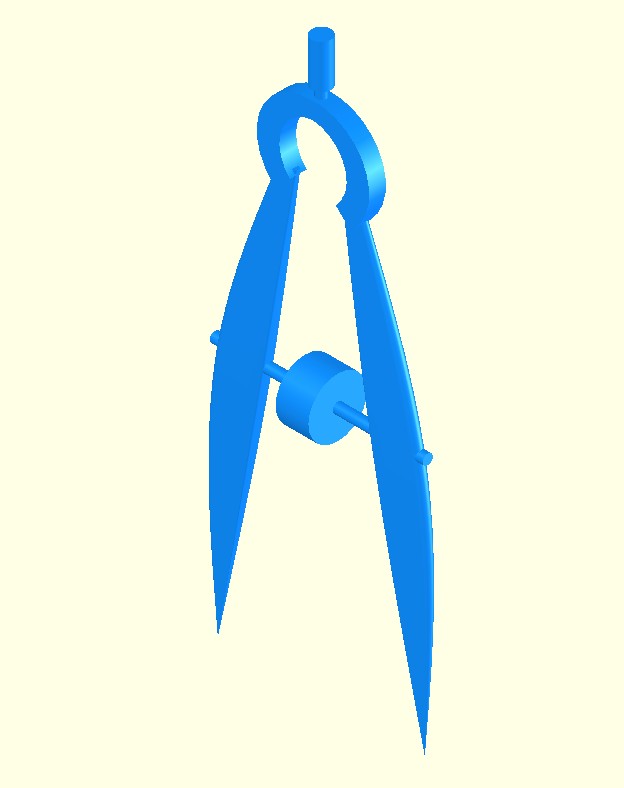
 Schiller Engineering |
Solid Modeling and Analysis
Schiller Engineering |
Solid Modeling and Analysis

|
|
|
|
Guitars I've been playing out in a hobby band, mostly at benefits and with some amazing musicians at my children's school. As I've revitalized this passion, I began to realize I really enjoy guitar set-up and repair. Most of my studies and hobby development over the years have prepared me for caring for guitars. Here are some of my set-up and repair projects. {Signal Synthesis and Analysis} Ever hook an oscilloscope to the output of your guitar and wonder how the waveform got so distorted? Some guitar technicians believe the pick-ups must be overloading when they see the wave-shape. Check out the cause here. Repair Jobs Some recent axes I've had the pleasure to work on...
________________A Little Treat__________________________________ Linkin Park - In The End live from Road To Revolution
Bob's Stratocaster is a vintage, American made model. It just needed a set-up, some neck adjustments, some cleaning, and bridge dressing to get rid of that "sitar buzz."
A good friend gave me this Oscar Schmidt. It had a loose bridge, so I removed it and reglued the bridge, yielding much better tone.
About the time I finished building my set-up bench, Bill asked if I could set up this Washburn BT-2 Maverick for his son. It's a little screamer!
I did a complete re-fret on my Les Paul. It's important to have the right lighting to "read" the neck of the guitar (in addition to an array of measuring tools).
Early in the process: the 'dumbell' approximates the bow caused by the strings. To read the neck properly for material removal, you want to be sure you get it right. Notice I've removed the nut, allowing a proper reading of the neck, but more importantly, allowing for material removal near the nut.
You can see rosewood dust scattered about here, early in the neck truing step. The reason the neck looks so dished around the 5th and 6th frets is that the fingerboard was quite high near the nut. That's where most of the material needed to come off.
Ah. This is what I live for!
The neck is close to perfectly true at this point. Notice the binding near the nut isn't substantially thin-- meaning the material removal there was not overdone. The little bit of light that still shows under the metal rule in this picture is mostly due to the exaggerated scalloping of the high register frets.
Here I'm preparing to bond a dislodged chunk of rosewood back onto the fretboard.
Fret bars are cut, formed, and ready to be pressed, tapped, trimmed, and bonded in place.
Frets tapped in place and trimmed: ready for dressing.
Inspecting the bridge saddles in a new Tune-o-Matic® (Gibson) bridge.
I chart every fretboard for fret position vs. theoretical location, based on the scale length. My Les Paul
I've always loved my 1972 Les Paul Deluxe. It's mini-humbucker pick-ups are little screamers. I replaced the Tune-O-Matic bridge pieces many years ago with custom-machined 316 stainless. I get sustain that never ends. This repair job was demanding. This vintage Framus needed an extreme makeover!
|
|
|